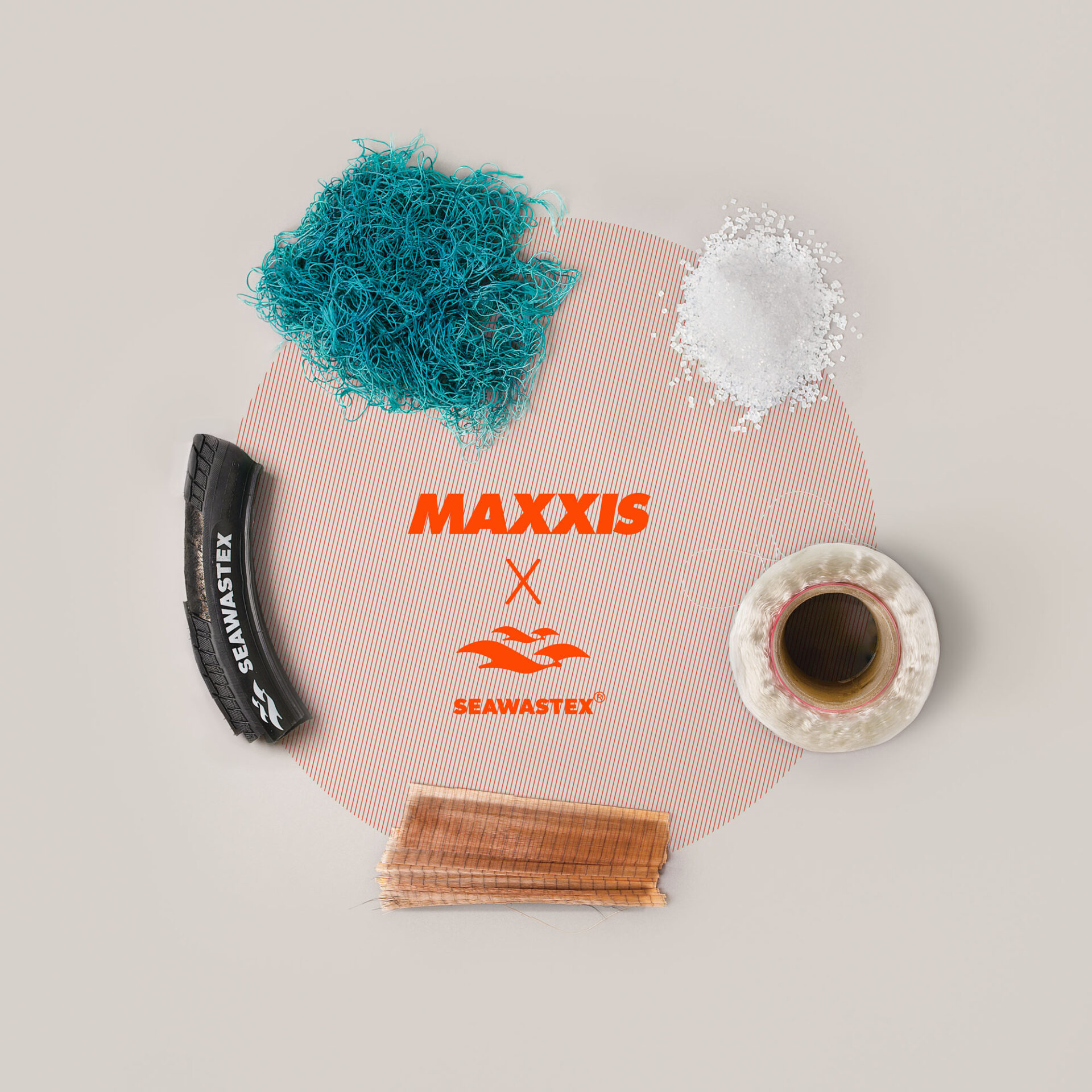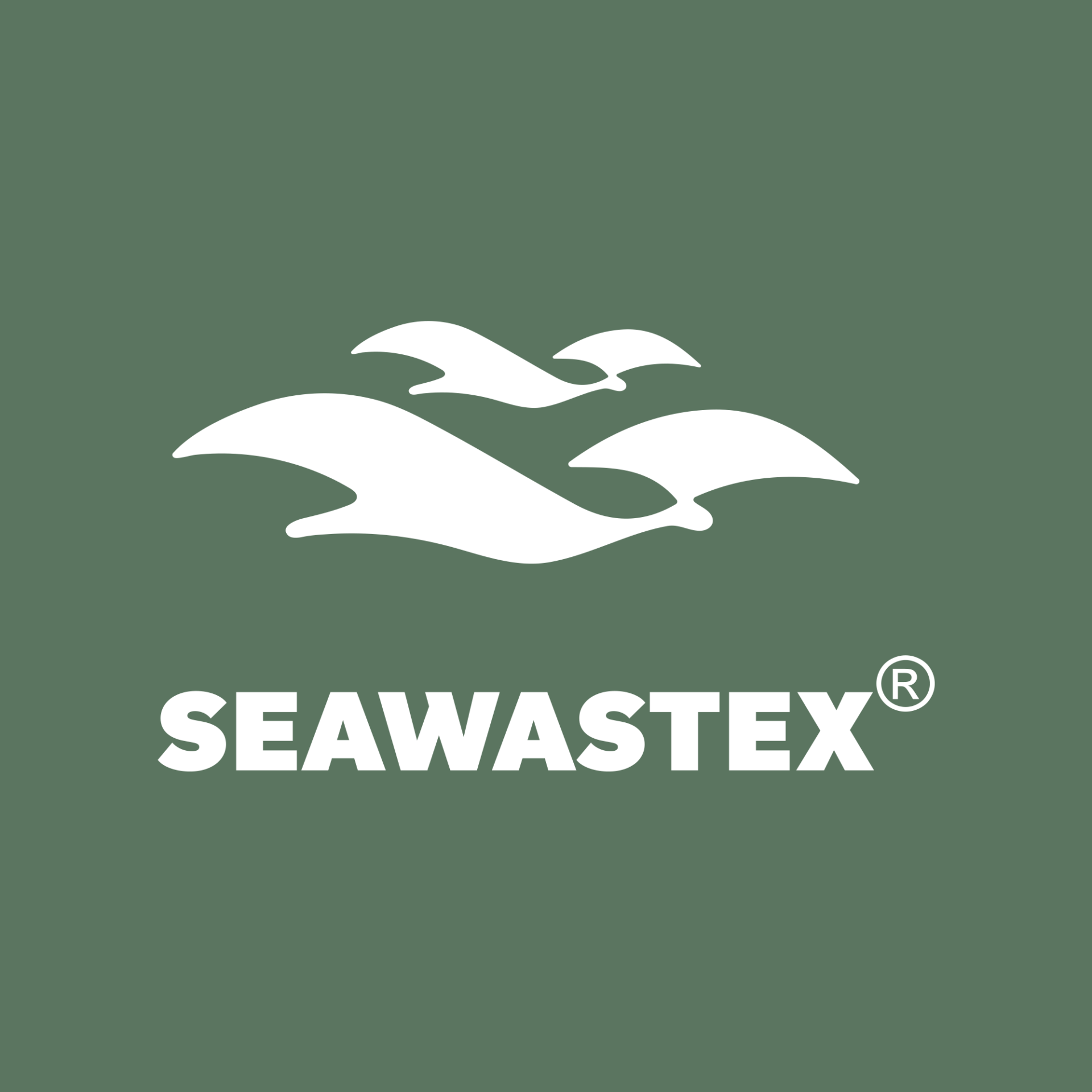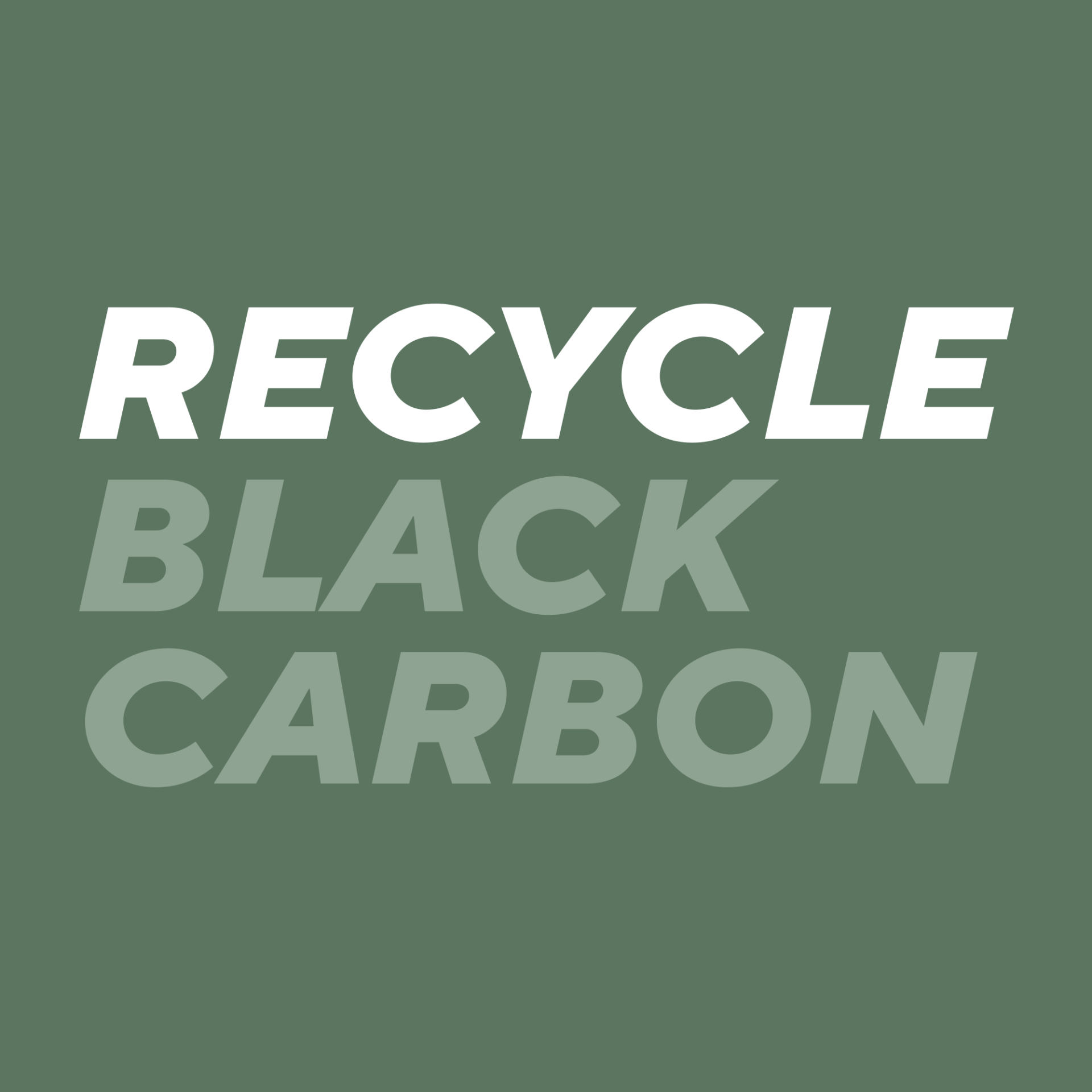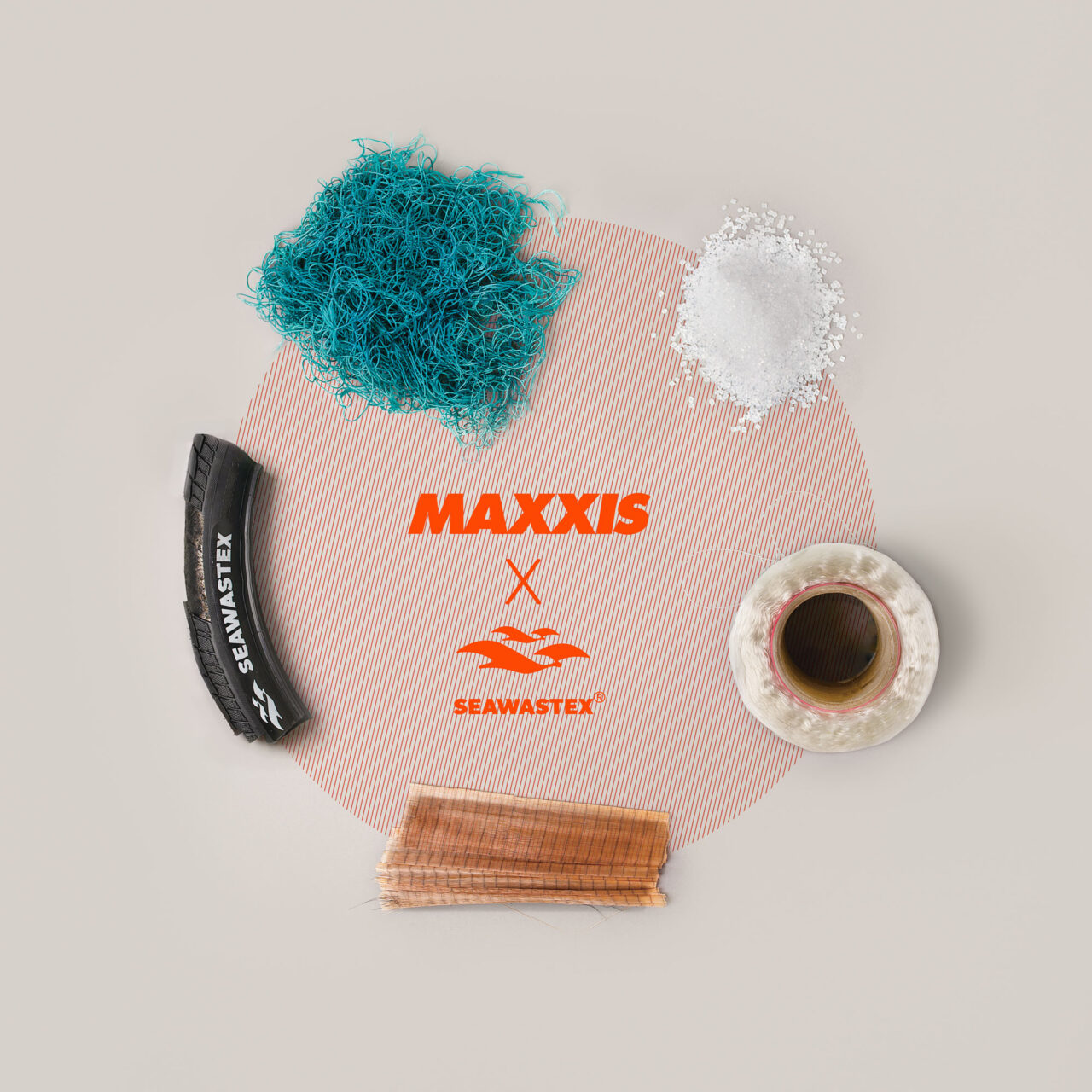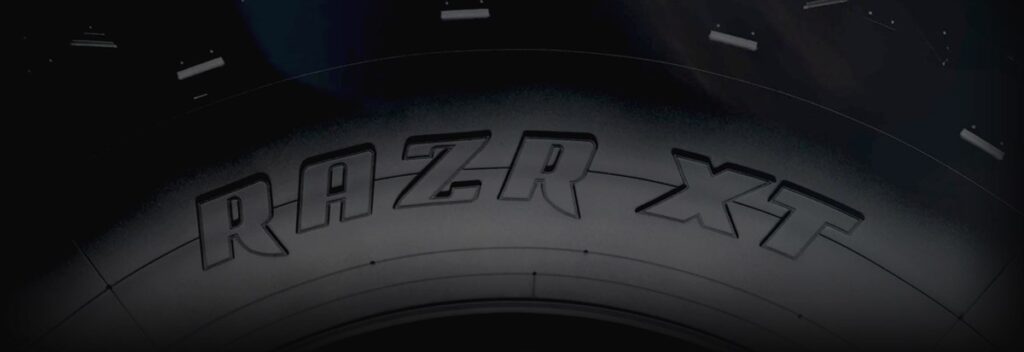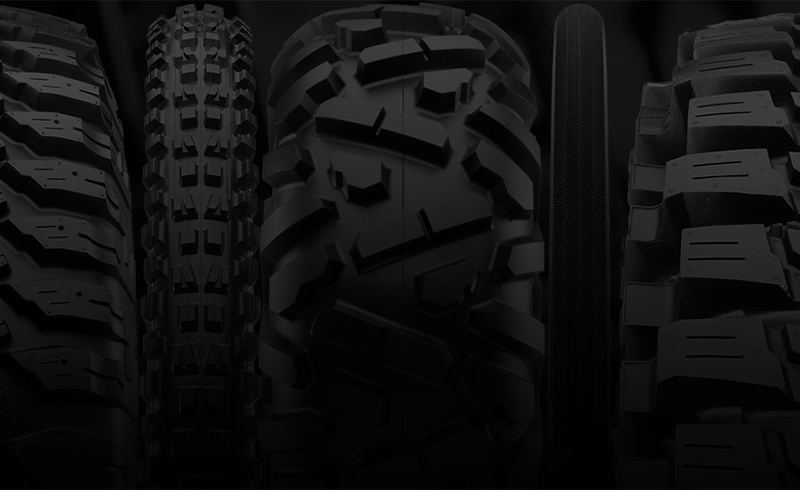Q&A
Seawastex yarns are crafted from discarded marine nylon waste, primarily sourced from abandoned fishing nets. Our materials are obtained through strategic partnerships with local governments, fishing net manufacturers, and specialized recyclers. Coastal governments facilitate the initial collection and coordination efforts, while fishing net manufacturers actively contribute by collecting and supplying end-of-life nets through their recycling programs. Specialized recyclers play a crucial role in sorting and processing the discarded nets. Through these collaborative efforts, we ensure a reliable and consistent supply of marine nylon waste for the production of Seawastex products.
Fishermen can derive value from discarded fishing nets in two ways. Firstly, they have the opportunity to exchange these nets for discounts on new ones through fishing net manufacturers. Secondly, they can sell the discarded nets to recyclers, who can then repurpose them for higher-value applications. This approach not only offers economic incentives for fishermen but also ensures that the discarded fishing nets find new life, contributing to sustainable practices.
Each year, approximately 12.7 million tons of marine debris infiltrate the ocean, with discarded nylon fishing gear accounting for about 640,000 tons. This presents a considerable ecological crisis, resulting in the pollution of our oceans and environment. Swift and decisive action is imperative to tackle this pressing issue.
On average, the Seawastex casing contributes around 10% of the total weight per tire. However, the exact percentage may vary based on the tire’s construction.
Environmental benefits
Formosa Chemicals and Fibre Corporation’s (FCFC) groundbreaking nylon depolymerization technology revolutionizes discarded nylon fishing gear by transforming it into CPL (caprolactam), paving the way for the production of environmentally friendly Seawastex yarns. With a recycling capacity exceeding 750 tons per month in Taiwan and Vietnam, our goal is to enhance our environmental impact by achieving 1,250 tons per month by the fourth quarter of 2023. Through the repurposing of waste materials, we actively contribute to fostering a cleaner and healthier environment, addressing the ecological crisis triggered by marine debris.
Ensuring a consistent supply of discarded fishing nets is a crucial and complex undertaking. What distinguishes us from other collectors is our steadfast dedication to genuinely repurposing these nets as raw material, eschewing incineration. Through close collaboration with local governments and fishermen, we actively participate in the collection, cleaning, dismantling, classification, and packaging of discarded fishing nets before forwarding them to FCFC. This recycling chain was successfully established in 2018, overcoming various challenges. Despite the obstacles, our perseverance has allowed us to achieve our goal.
Seawastex yarn distinguishes itself from virgin CPL (caprolactam) by providing a sustainable alternative. In contrast to virgin CPL derived from crude oil, Seawastex yarn is locally sourced, eliminating the necessity for international transport. This localized collection process results in a substantial 49% reduction in carbon emissions compared to traditional methods. Furthermore, the production of Seawastex yarn consumes 15% less energy.










